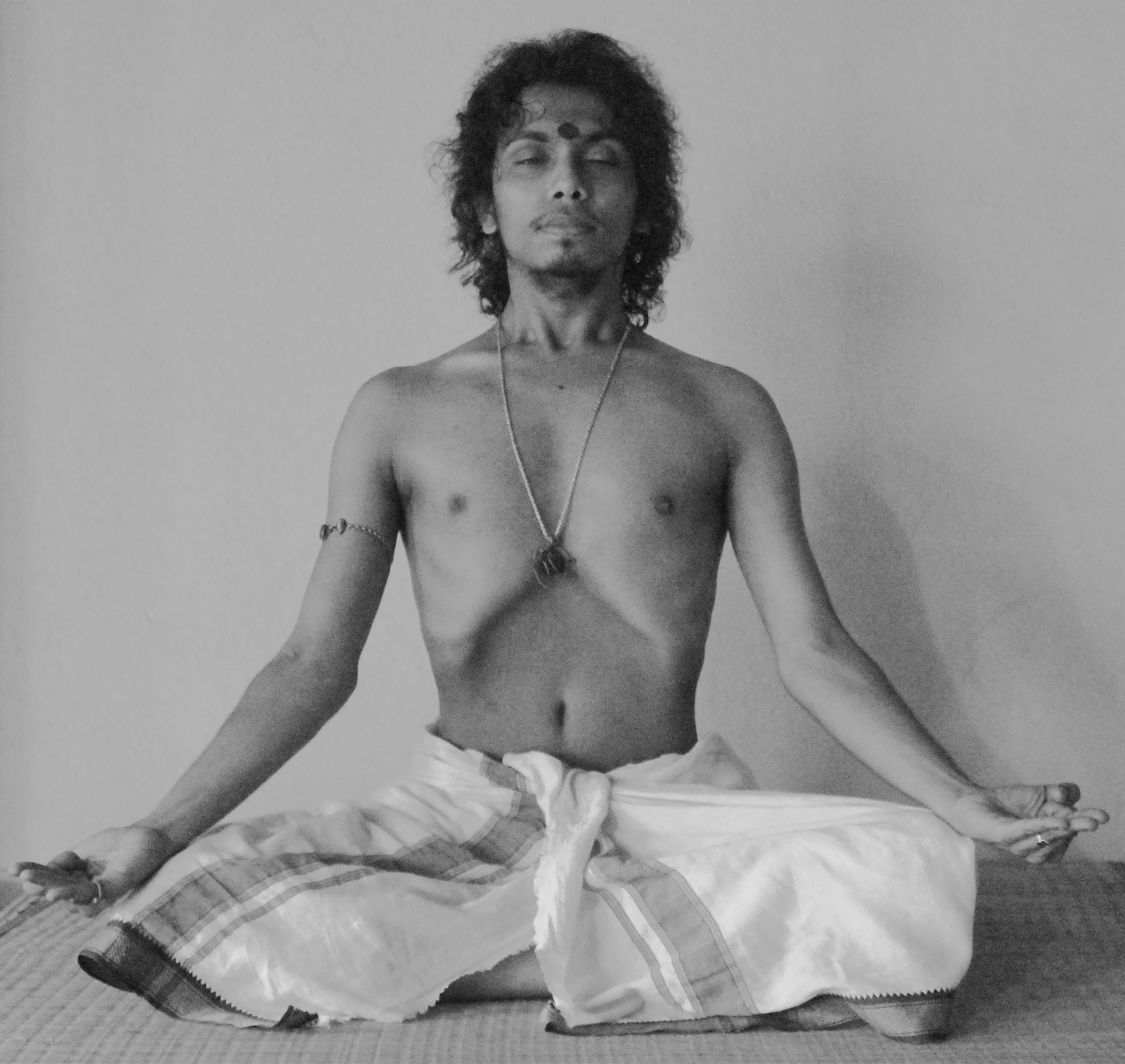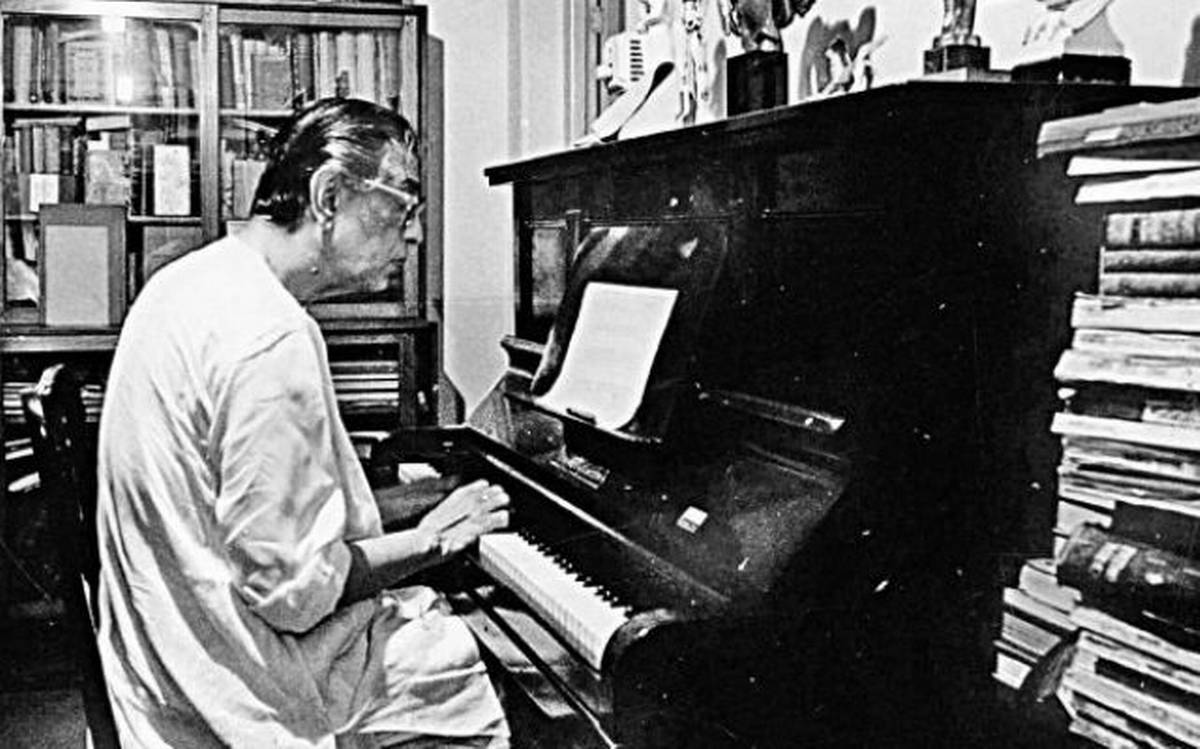Vidyasagar’s Vision and the Expansion of Women’s Education in Bengal through the Establishment of Girls’ Schools
Dr. Jayanti Mandal Abstract: This study explores the transformative efforts of Ishwar Chandra Vidyasagar in advancing women’s education in Bengal during the 19th century. Focusing on Vidyasagar’s pioneering initiative to establish girls’ schools, the research delves into the socio-cultural context of the time and examines the impact of these educational […]
Read More

